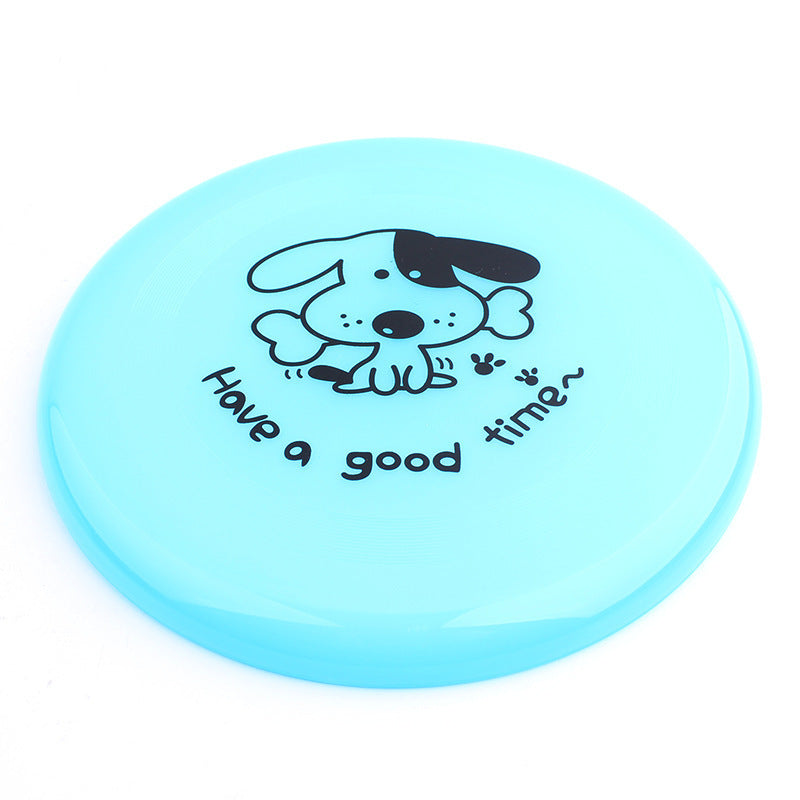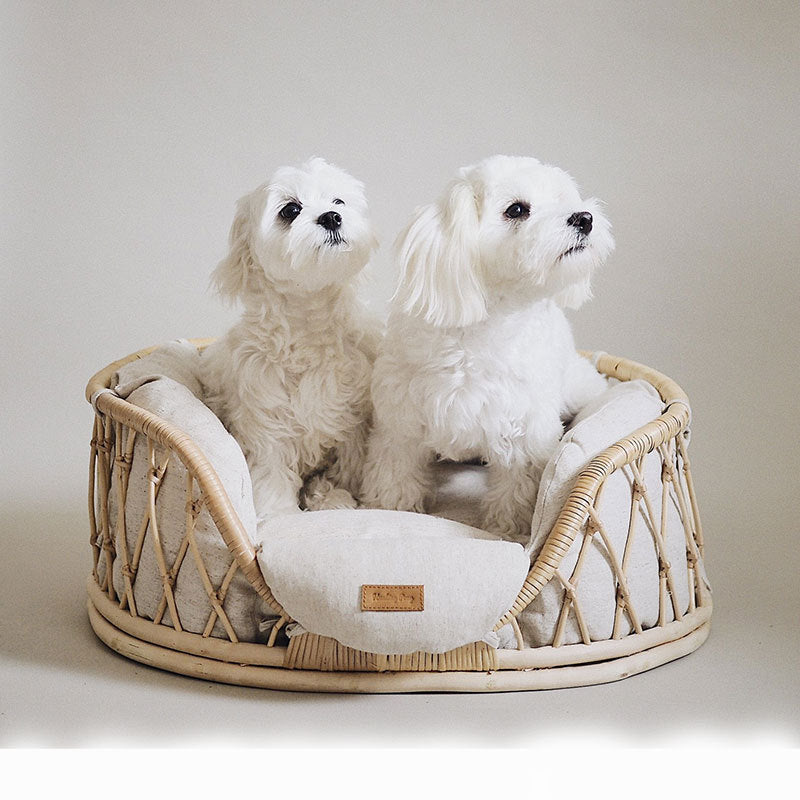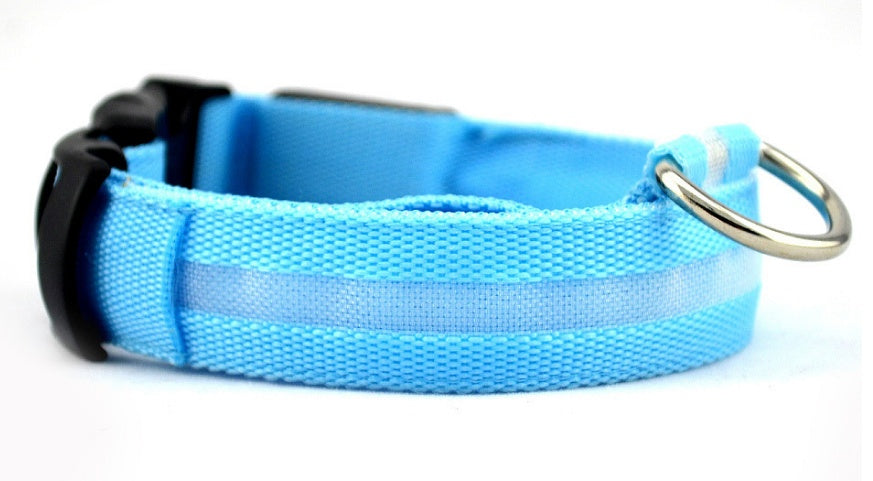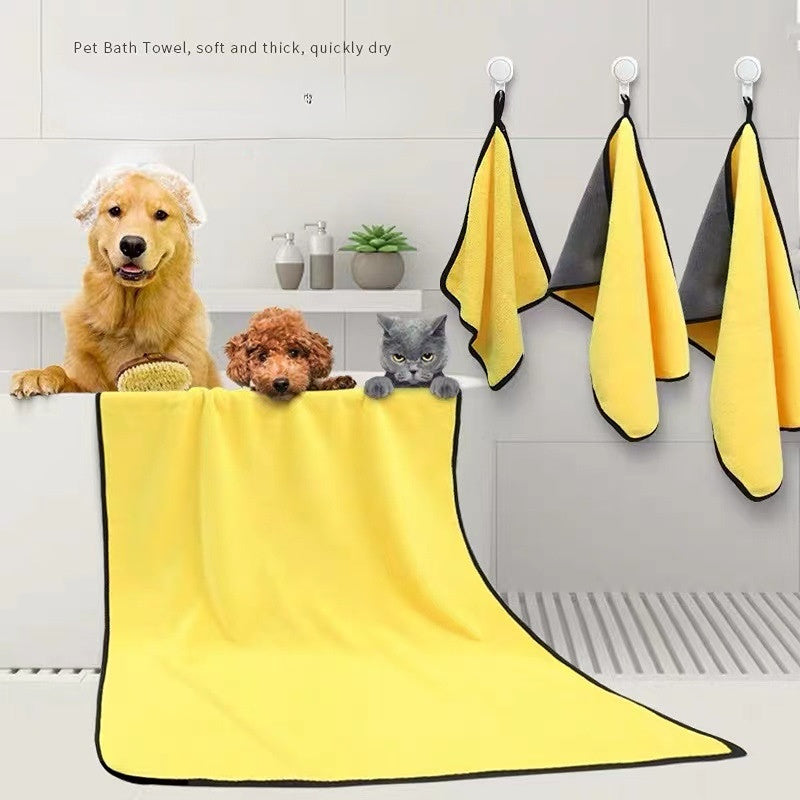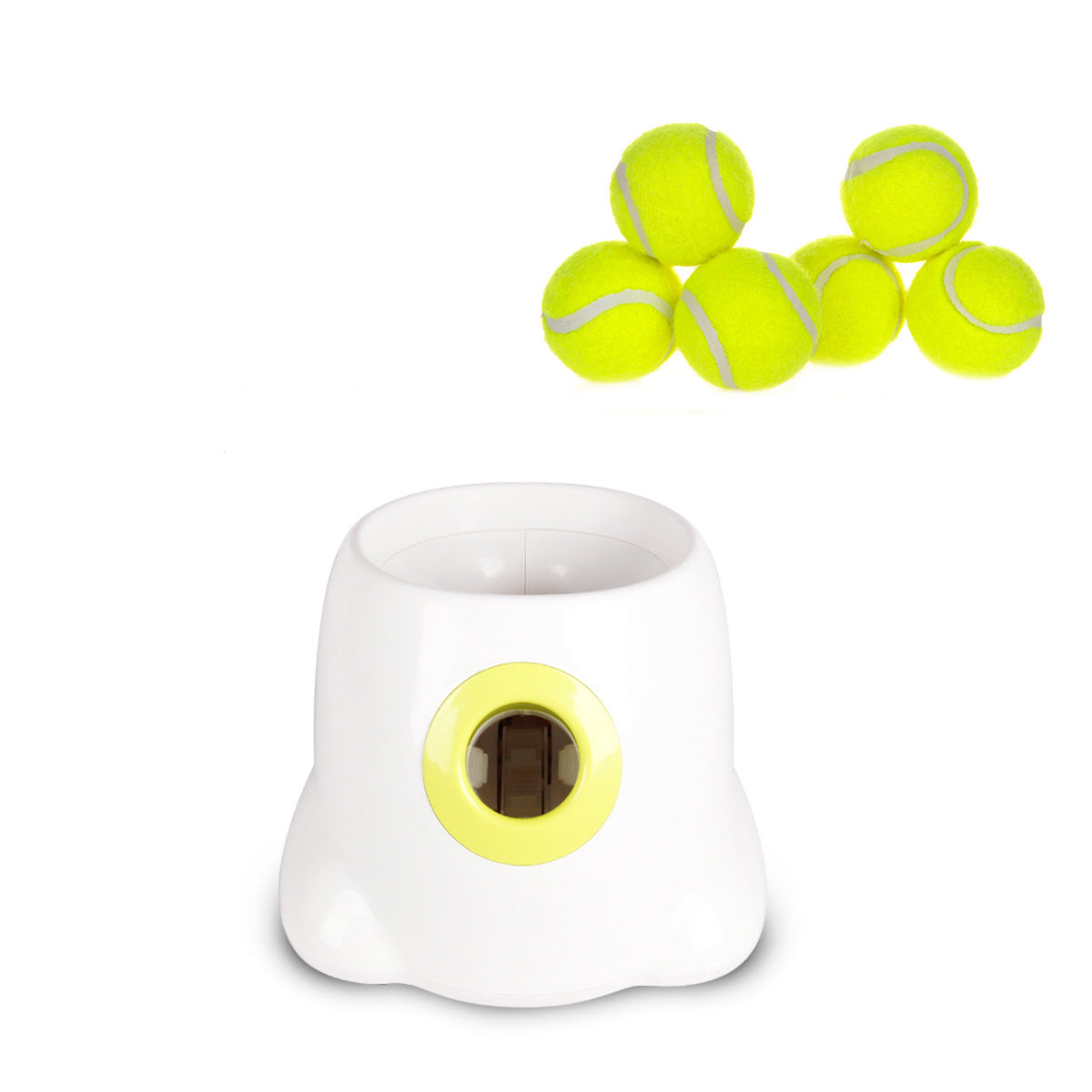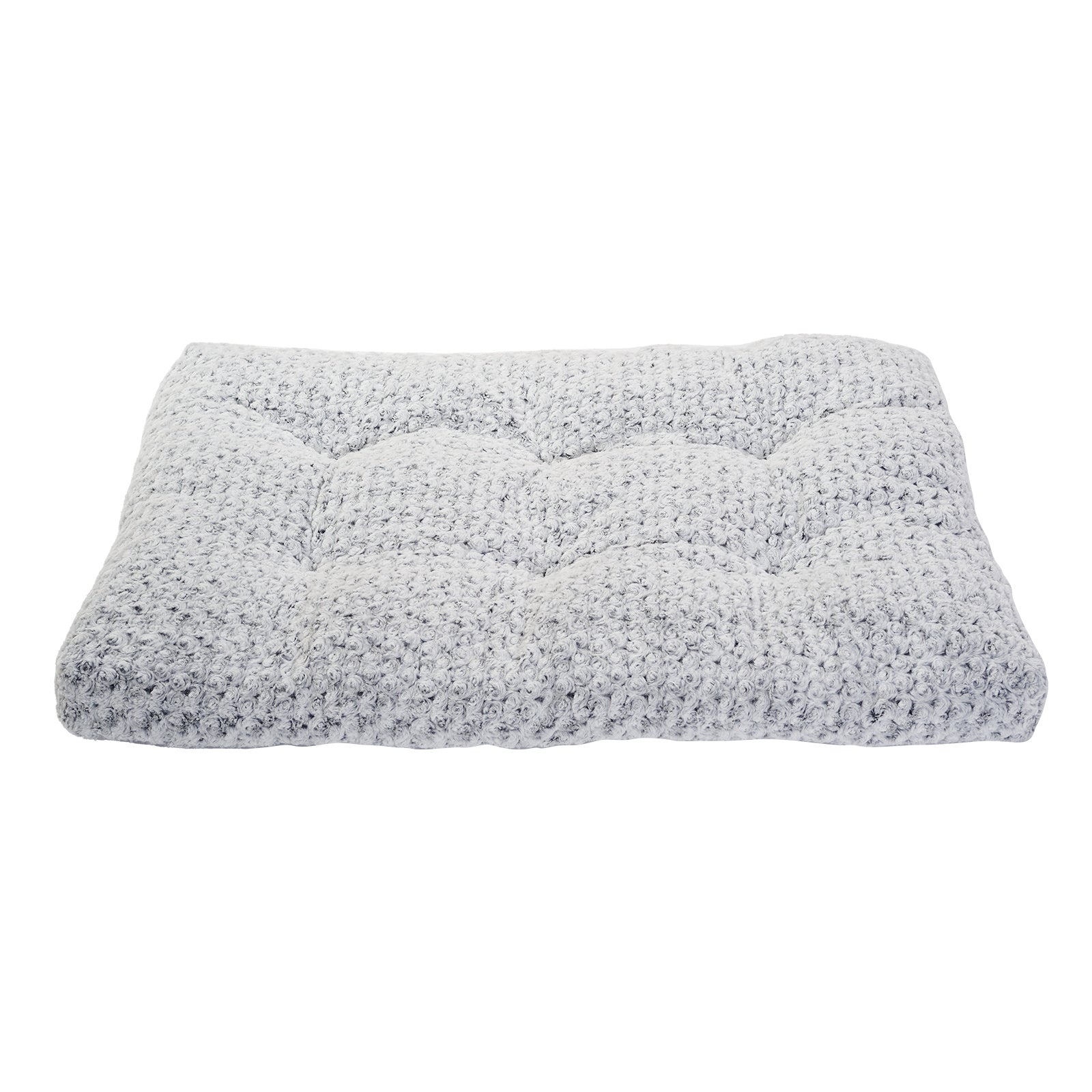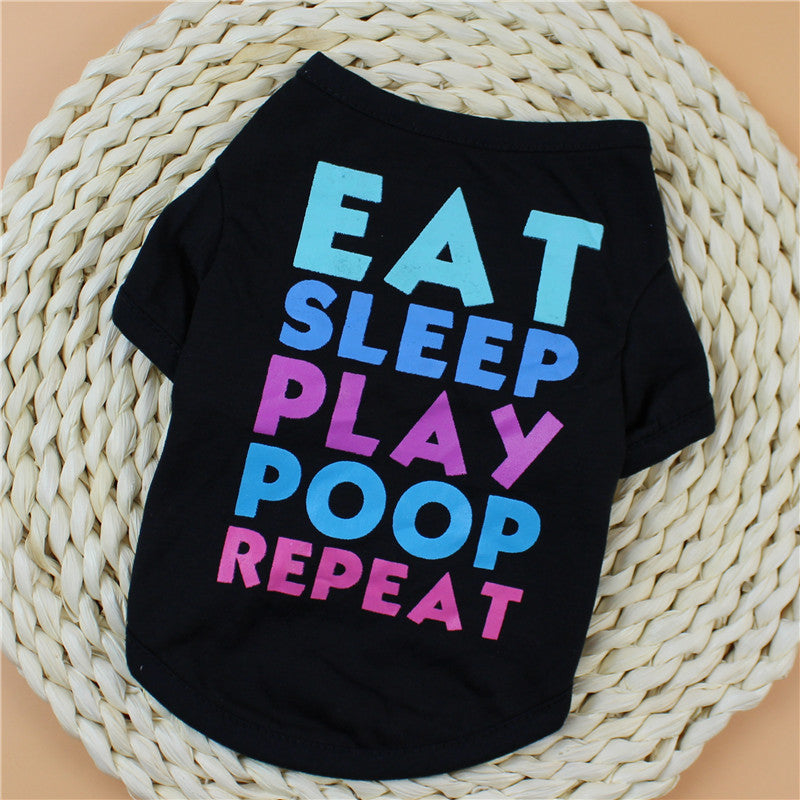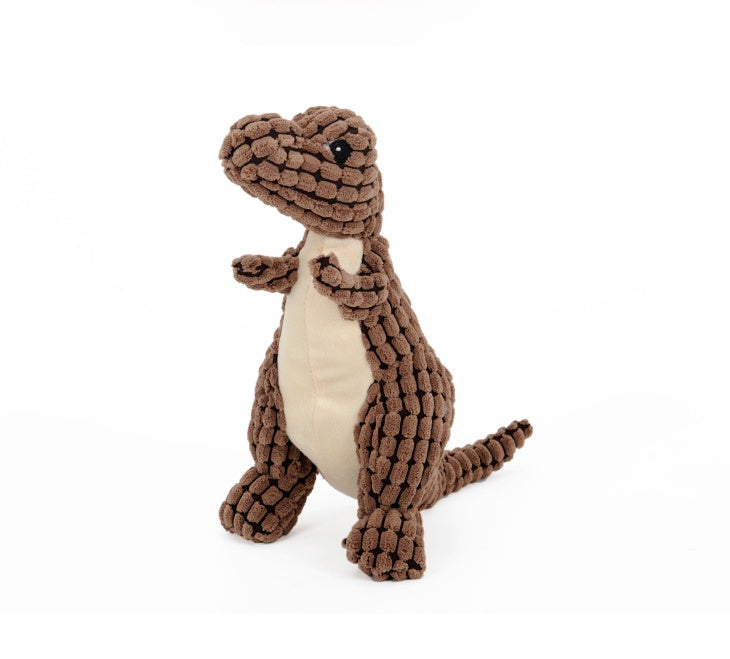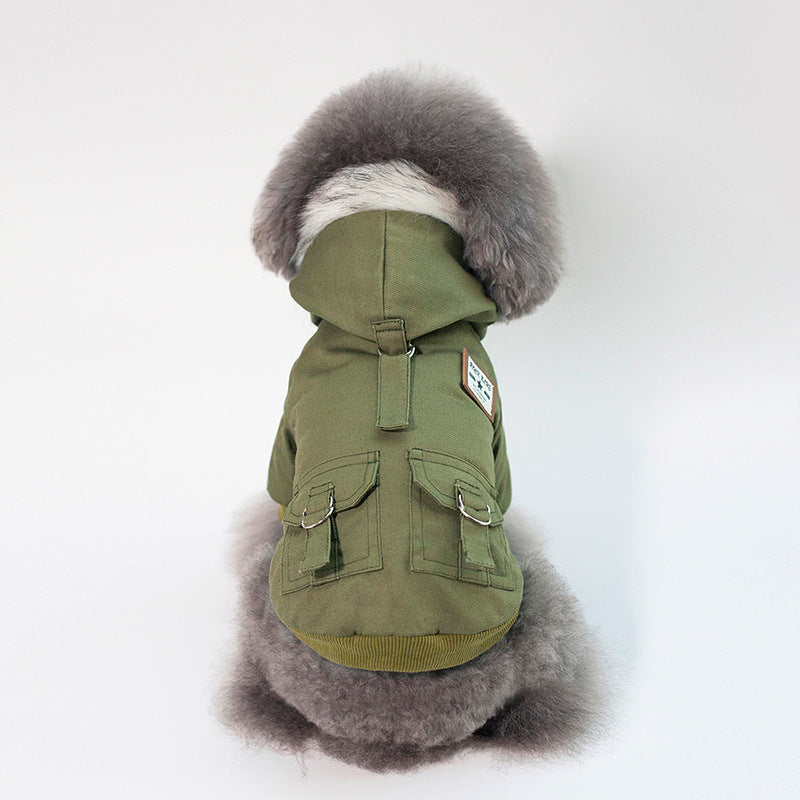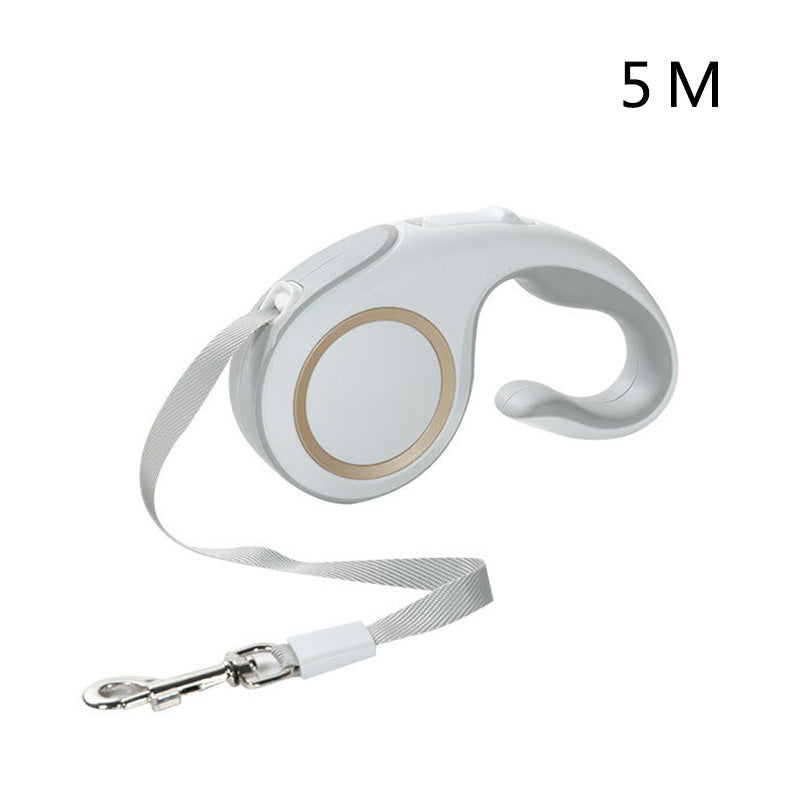
6 Successful Tips to Slow Dog Shedding

There's nothing like the unconditional love of a furry friend. It's hard to stay mad at their happy, drooling faces. However, their shedding can get annoying fast. Most dogs leave traces of fur wherever they go, like little presents. Dog hair seems to weave itself into fabric and never let go. In dog homes, fur often covers every surface from the furniture to the floors. Loving dog hugs will coat your clothes in hair too. Unless your dog is hypoallergenic, you're likely struggling to clean up the shedding. Vacuuming every day becomes a tedious chore.
Shedding is a natural process to keep a dog's hair healthy though. Like humans, dogs lose old, dry and damaged hair. This happens throughout the year for many dog breeds. Shedding also generally speeds up twice each year. Before summer, dogs shed their thicker fur for a sleeker coat that's cooler. Before winter, dogs shed to grow a denser, warmer coat that traps heat in. Both seasonal events can create an explosion of fur in your house. Fortunately, there are ways to manage flying furballs. Here are six successful tips to slow dog shedding.
1. Brush, Brush, Brush
Dogs can't quit shedding completely. It's all about controlling where your dog sheds, so brush regularly. Veterinarians typically suggest brushing dogs every few days. During peak shedding seasons, daily brushing may be needed. Brushes will contain the hair before it lands on your couch or bed. Brushes massage the skin and follicles for a healthier coat. Brushing will also remove any tangles or mats in longer fur.
Most dog owners choose a bristle brush, pinhead brush, or slicker brush. Each brush type has its merits for different coat types. Grooming mitts that slide right over your hand can be convenient. Dogs with an undercoat, such as huskies and German shepherds, may require a wide-toothed comb. Shedding tools like the PawSuction: Pet Grooming Brush & Vacuum might be worthy investments too. Just get your dog used to being brushed frequently.
2. Give a Dog a Bath
Bathing isn't only for making Fido smell flowery. Washing down your dog will get rid of excess loose hair. Most dog owners schedule a bath every few months. During heavy shedding seasons, you can bathe your dog every month. More frequent bathing isn't suggested because the skin can dry out. In the shower or tub, use a tool like the Woof & Wash: Handheld Dog Shower & Massage Sprayer remove shed fur. Don't forget the chest and belly area. The hair will likely accumulate in the drain, so clear it for water to pass.
Which dog shampoo should you use? Pet stores have rows and rows of bath products to pick. Many advertise their ability to control shedding. Choosing a dog shampoo with all-natural ingredients is best. Avoid shampoos that have alcohol, parabens, and other harmful chemicals. Instead, look for ingredient lists with oatmeal, honey, aloe, and natural fragrances like lavender. If your playful pooch has sensitive skin, consult with a veterinarian before bath time.
3. Stop the Scratching
When dogs itch, their long toenails dig deep and pull out hair strands. As a result, fur can start rolling out like a tumbleweed. Controlling these furry clumps requires addressing the itch. Many dogs suffer from dry skin conditions like eczema. You may notice white flakes of dandruff along your dog's back. Shampoos with oatmeal and essential oils can keep the skin more hydrated. Veterinarians may also suggest a corticosteroid cream or an antihistamine, such as Benadryl.
Fleas are another common cause of incessant scratching. Fleas are itty-bitty parasites that terrorize dogs. They infest the dog's skin and suck for a bloody meal. Itching flea bites could worsen dog shedding. Secondary infections can occur at the bite sites and wreak more havoc. Therefore, provide a flea treatment each month. Year-round flea medication is best to both kill and prevent parasites. Flea treatments may be applied on the skin or taken by pill.
4. Watch Your Doggy Diet
Most dogs are voracious eaters who will ingest just about anything. They'd be happy with a menu of meat, treats, poop, and more treats. It's the dog owner's job to plan a much healthier diet. Low-quality food packed with fillers and additives could contribute to the shedding problem. Dog coats need ample nutrients to grow properly. Whether kibble or canned, stick to all-natural foods with lean meat, fruits, and vegetables. Real meat should be the first ingredient mentioned
Sometimes, dogs don't get enough nutrition from their food alone. Speak with your vet about adding supplements to your dog's diet. B vitamins help make hair follicles more resilient. Taking biotin can relieve allergic skin reactions. Omega-3 fatty acids are linked to dog coat health. Many dogs eat fish, olive, sunflower, and flax oils on their supper for extra nutrients. Coconut oil is an excellent skin conditioner that helps thyroid function. Dogs with anxiety even take CBD oil.
5. Head to the Hairstylist
Extra fluffy breeds, such as the Alaskan malamute and chow chow, usually need professional attention. Controlling their lovely locks on your own will be tough. Just a trim could leave you waist-deep in dog hair. Therefore, let a well-trained groomer handle the task. Groomers can dramatically slow dog shedding by cutting fur shorter in certain seasons. They could even shave down to a kennel cut. Your four-legged friend may appreciate having a stylish new hairdo.
6. Schedule a Pet Physical
Have you been trying these dog shedding tips to no avail? Then, taking your pup for a physical might be necessary. That's especially true if you notice bald spots. Several canine conditions cause excessive hair loss. For example, mange is a skin infection caused by tiny mites that thin hair. Dogs can even develop alopecia from hormonal imbalances. Your veterinarian will run tests to diagnose any potential problem. Medication is available to treat the underlying disease and reduce heavy shedding.



